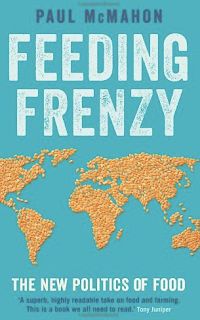Nassim Taleb's Anti-fragile -Things that gain from disorder is a very significant work on thinking about how to gain or protect yourself from uncertainty. However, just thinking about this book in practical terms does not do it justice. Nassim Taleb is one of the most original thinkers in finance. He is certainly more relevant than all of the academics I have met. He pushes the envelope on thought through using multiple disciplines. He has command of philosophy, finance, math, and history and employs all to help develop his concept of anti-fragile. Of course, as with his other books in this area, Nassim does not want to just influence finance.
He starts with a discussion of the simple set of three words which represent a range within a concept, fragile robust anti-fragile. A system can be fragile or sensitive to breaking or stress. It can be robust or insensitive to stress. But if we look along this continuum, we seldom discuss anti-fragile, a system that actually will get stronger when placed under stress. We can actually see anti-fragile behavior all around us and there are activities we can engage which will create an anti-fragile environment. This is what Nassim would like to more often see.
The issue for most is what has been called the Lucretius
problem - the fool believes the tallest mountain in the world will be
equal to the tallest one he has observed. This is the classic error for
most risk management which focuses on measurement from past data. If
the event has not occurred in the past, then it does not exist. This is
the foundation for a fragile system. It cannot or is not prepared for
uncertain events that have not been experienced. hence, it is breakable
under change or stress.
The solution to stress could be called non-predictive decision-making. This is the solution to black swan problems.
Buy gamma exposure cheap. Think about a barbell positions in portfolios that will not allow failure but thee opportunity for success. Everyone should be looking for convex pay-off or options. In this case, option = asymmetry + rationality. If sensitivity
is the possibility of a large response to a small stimuli and robustness is the
possibility of small response to large stimuli, an anti-fragile approach tries to limit downside sensitivity and promote upside sensitivity. He uses the concepts of Seneca and stoicism, the idea of anti-fragile positioning, the concept of a barbell to risk, is that you will be immune to shock events.It will not effect you.
Put in Taleb own words:
- Fragility implies more to lose than gain, equals more downside than upside, equals (unfavorable) asymmetry
- Anti-fragile implies more to gain than to lose, equals more upside than downside, equals (favorable) asymmetry
This is not an easy read. It is dense with concepts and ideas but you will be rewarded by Taleb's thoughtful observations.









































